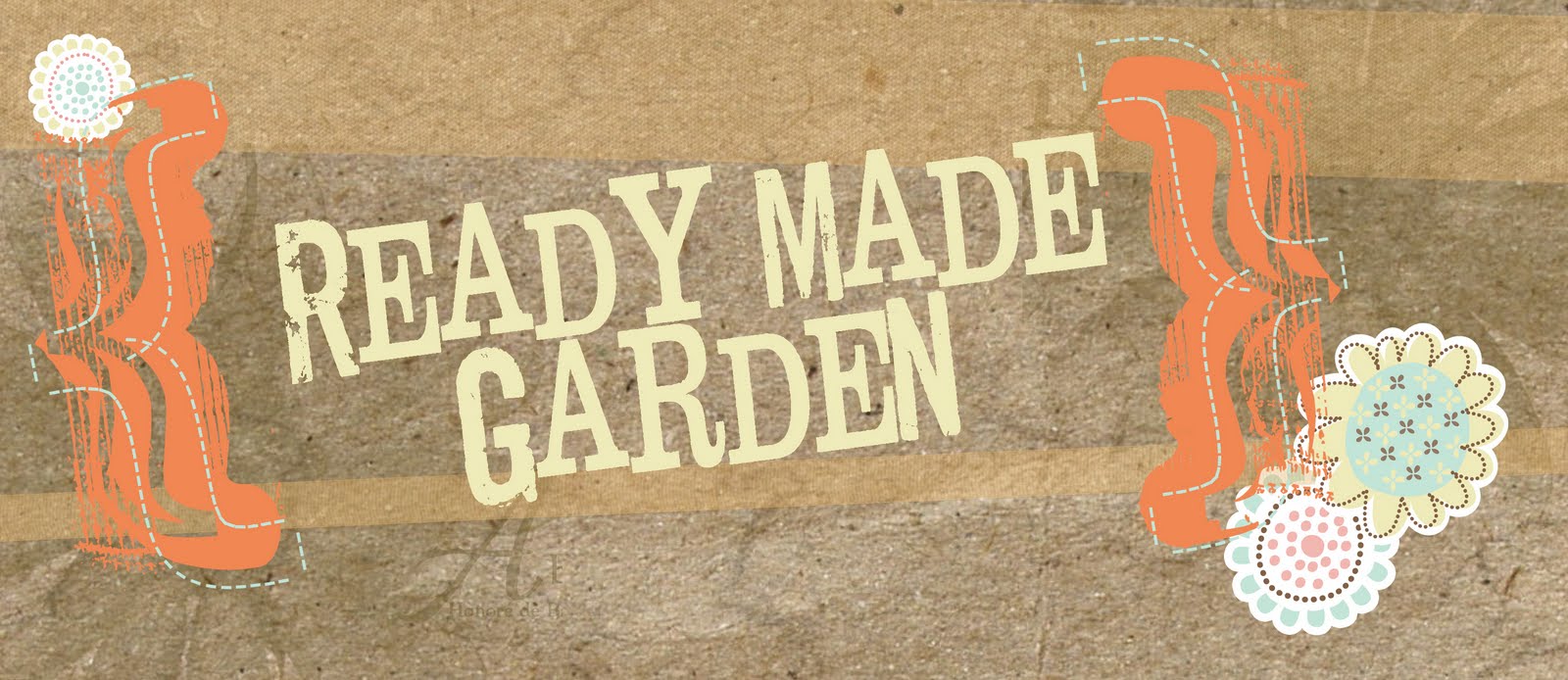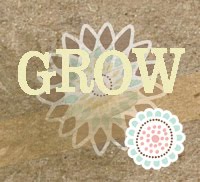Andi has left a new comment on your post "Planting":
This is great information, thank you for your blog! I wanted to know if you could tell us what make good primary plants, secondary plants, etc.. I am new to gardening, so I appreciate any info you can give me. Thanks!
Hooray! Andi you made our day! We are so excited there is someone out there who thinks we are providing "great information" - it really motivates us to keep this project growing.
Great great questions! Hopefully the following information will help.
First of all I would like to talk about two key characteristics that distinguish a primary plant from a secondary plant.
1) A primary plant provides produce all season long (i.e. when you pick the produce you aren't picking the entire plant). The opposite is true for a secondary plant. When a secondary plant reaches a certain size, you harvest it, and by harvesting it you harvest the whole plant.
2) A primary plant typically takes up a lot of space and provides shade and sun protection for secondary plants. Again, the opposite is true for a secondary plant, they usually take up less space.
The perfect examples for this are a tomato plant and a carrot "plant". When you pick a tomato, you just pick a tomato - more tomatoes will grow from the plant which you picked a tomato from. When you pick a carrot, you pick the entire carrot "plant" and no more carrots will grow. Unfortunately these distinctions are not so clear cut for every type of plant - but they are good rules of thumb to follow.
Here are examples of plants we think would make great PRIMARY PLANTS:
Tomato
Pepper
Cabbage (can plant one cabbage or two at a diagonal)
Squash
Melons
Beans/Peas (4 planted in a row down center of bag - however, these also can work as secondaries)
Cucumber
Eggplant
Asparagus (don't get to excited - it will take a lot of years to get a high yielding crop from this plant - your first year you'll get 1, second year you'll get 2, etc.)
Here are examples of plants we think would make great SECONDARY PLANTS:
Carrot
Radish
Herbs
Beans/Peas
Spinach
Lettuce
Kale
Beet
Broccoli
Celery
Brussel sprouts
Onion
Cauliflower
I underlined the word think above because right now this information is an educated hypothesis based on how we've interpreted Ted's teaching. This is our first year experimenting and we anticipate gaining lots of knowledge.
Here is a sample planting schedule we put together for 14 bags for one of our gardens.
BTW - another way to get more information on what plants work well together is to google "companion plants"




2 comments:
I am loving this blog. It is so helpful to someone like me who would love to garden but has no clue what to do. The bucket garden sounds perfect for someone like me but also sounds so daunting that it is scarry. Your blog helps me to feel more able to the task and I am getting more courage to try the system. I love the information that you are providing. It has answered many of my questions. I would love to see more of the planting diagrams telling me what to plant and where. I am so new to gardening that I would feel better following the guide of someone who knows what they are doing until I feel more confident and can start making my own planting diagrams. This is like a "Bucket Garden System for Dummies" blog and I absolutely need that. It would also be helpful to have the timing of the plants in the diagrams that you make. Again I want to thank you for doing this blog. You are a life saver. Keep up the awsome work.
Thank you so much --- you have given me more info than expected and it is so helpful! You are doing a great thing by having this blog. There are those of us who live outside of the area where he goes and installs the gardens, who are also new to gardening so this is really helpful information. Thank you!
Post a Comment